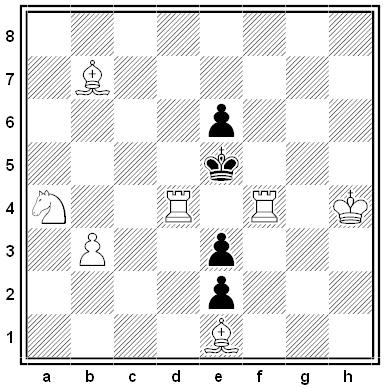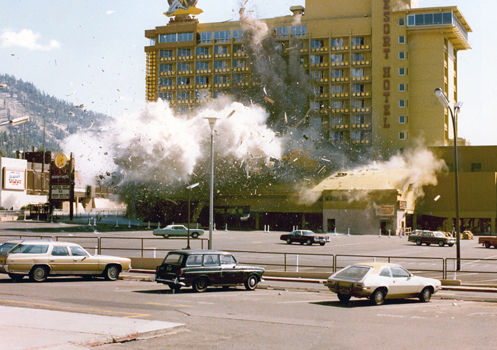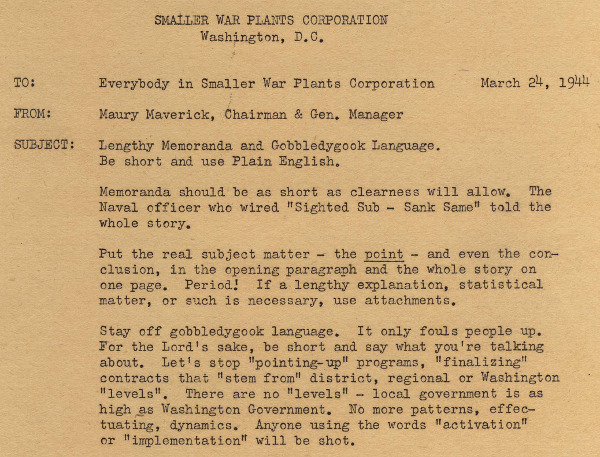
In April 1861, Thaddeus Lowe set out from Cincinnati in the balloon Enterprise, hoping to reach the eastern seaboard. After wandering 900 miles he came down in Unionville, S.C., where he received a rather cold welcome:
Many of them thought Mr. Lowe was an inhabitant of some ethereal or infernal region, who had floated to the earth to do damage to its inhabitants. He thought he would pacify them by showing that he could live on the substantial things of earth just as they did; so he took from the basket a variety of cakes, crackers, bread and butter, cold meats, etc. He also passed out several India-rubber bottles of water which had frozen solid, and to let them realize how cold it was in the upper region of the atmosphere where he had been, he cut one of them open and took out a large mold of ice, shaped exactly like the bottle. This was the worst thing he could have done, for immediately one man asked how any one but a devil could put so large a piece of ice through so small a place as the nozzle. At last an old dissipated man suggested that one who was capable of doing such things was too dangerous to run loose and moved that he be ‘shot on the spot where he had dropped from the skies.’
He won his freedom only by appealing to the officers of South Carolina College, who knew Smithsonian secretary (and ballooning enthusiast) Joseph Henry.
On the way back to Cincinnati, Lowe stopped at a meeting of the Tennessee legislature. He became the first to notify Lincoln of that state’s decision to secede.
(William Jones Rhees, “Reminiscences of Ballooning in the Civil War,” Chautauquan, June 1898.)






